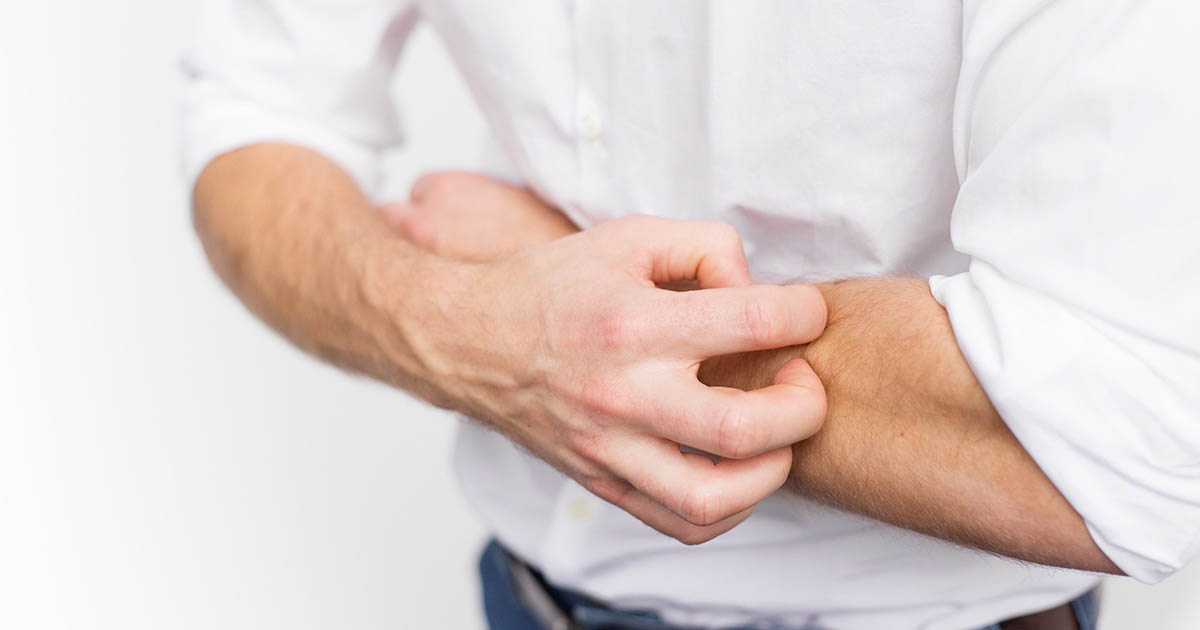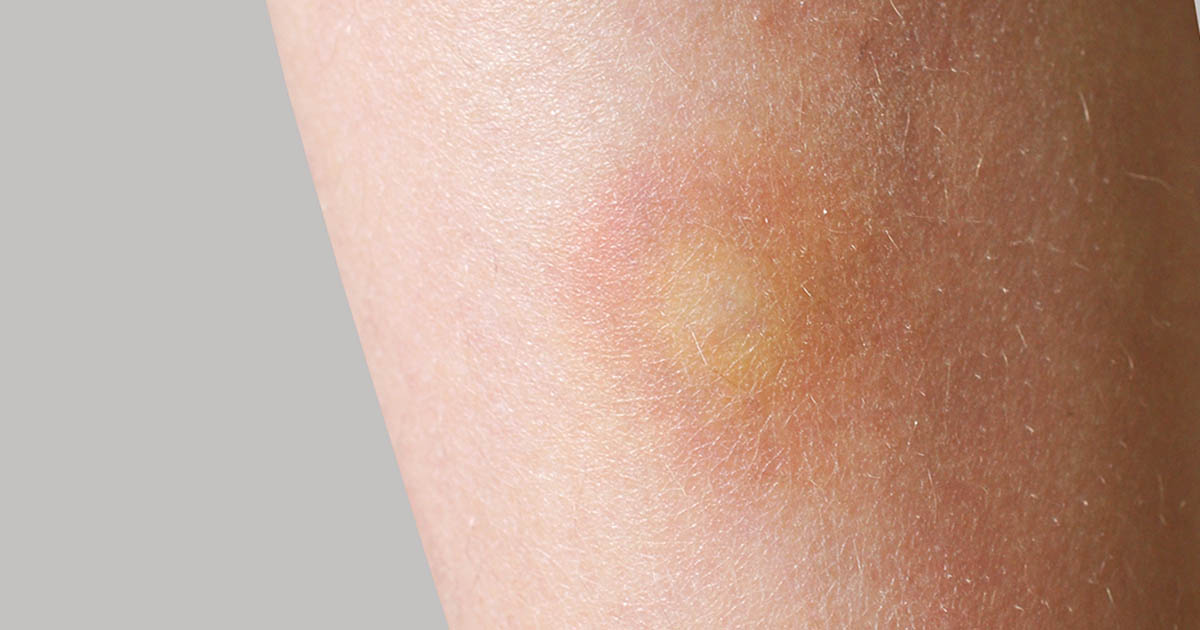Warning Signs Of Skeeter Syndrome
Infections Due To Scratching

Although scratching can provide temporary relief to a skeeter syndrome patient, it is highly discouraged. Intense, consistent scratching increases the risk of skin breaking and an individual contracting an infection. Redness and swelling at the site are common, but these symptoms accompanied by a bump that is warm to the touch, fever, and pain can be a sign the bite has become infected. Infections due to scratching must be diagnosed by a physician and may need to be treated with a topical or oral antibiotic. Individuals with an infection as a result of scratching can treat many of their symptoms with over-the-counter remedies for fever and pain. Cold compresses and ice at the site can help to reduce extreme swelling and pain associated with the infection.
Keep going to understand more of the various symptoms of skeeter syndrome.
Bruises And Blisters

Bruises and blisters are also common symptoms of skeeter syndrome. This bruising and blistering may be accompanied by pain at the site and can be a bit uncomfortable, depending on where the symptoms are occurring. There are several ways to treat the bruising without a trip to the doctor. Ice is a great method for not only reducing bruises but also providing soothing relief for any pain associated with the bruise. A cold, wet compress may also provide relief as well. Blistering can be treated by washing the affected area with warm water and soap and swabbing with iodine. Lancing the blister (draining with a needle or other sharp object) is not recommended unless done by a professional, as it can lead to infection. Once the blister opens and begins to drain, it should be coated with an antibacterial ointment or petroleum jelly and covered with a bandage to prevent infection until it heals.
Continue to unveil another symptom of skeeter syndrome now.
